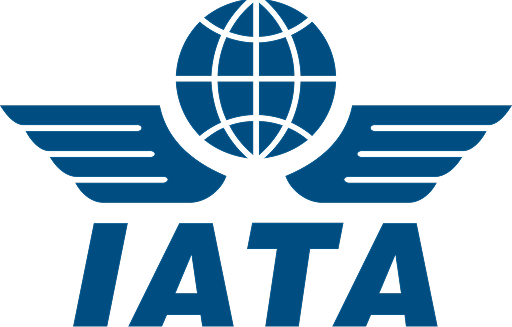AI in Airline Pricing: How Agents Can Outsmart Fare Algorithms
Share to:
Airline ticket pricing has always been unpredictable—but with the rise of AI-powered fare algorithms, it has become even more dynamic. Prices fluctuate multiple times a day based on demand, booking patterns, seasonality, and even browsing behavior.
For travel agents, this presents both a challenge and an opportunity. While algorithms work to maximize airline profits, agents who understand their patterns can outsmart them and secure better fares for clients. Here’s how.
1. Understand How AI Fare Algorithms Work
AI algorithms adjust fares using multiple data points, such as:
- Search demand – The more people searching a route, the higher the fares.
- Booking windows – Airlines monitor how early or late people book.
- Client behavior – Repeated searches from the same device can trigger price hikes.
- Market competition – Competitor fares affect algorithmic pricing.
By understanding these triggers, agents can adapt their search and booking strategy.
2. Use Incognito Searches & Multiple Devices
Airline algorithms often track cookies and browsing patterns. Agents can avoid inflated fares by:
- Searching in incognito/private mode.
- Switching devices or networks.
- Using regional settings to compare fare differences.
This ensures agents always view the most neutral pricing.
3. Monitor Fare Trends with Tools
Instead of checking manually, use fare-monitoring tools or GDS systems that track real-time pricing changes. Alerts help agents grab deals before the algorithm pushes them higher.
4. Master the Booking Window
AI adjusts fares depending on when tickets are booked:
- Too early: Airlines keep fares high, expecting demand.
- Too late: Algorithms spike prices for last-minute urgency.
- Sweet spot: For most routes, 21–45 days before departure often offers balanced pricing.
Agents who know these windows can advise clients on the best time to book.
5. Split & Mix Bookings
AI doesn’t always optimize multi-passenger or round-trip fares. Outsmart the system by:
- Booking tickets individually instead of in bulk.
- Mixing airlines on round trips.
- Using hidden-city strategies (when permissible).
These techniques often uncover lower fares than what algorithms suggest.
6. Use Data, Not Just Gut Feeling
Relying on instincts alone is risky in an AI-driven market. Analyze:
- Historical fare patterns.
- Seasonal demand curves.
- Airline promotional cycles.
Agents who combine data with experience can anticipate price drops before they happen.
7. Build Direct Airline Relationships
While algorithms set the base price, airlines still offer special fares, waivers, and deals through their sales teams. Building relationships can give agents access to better-than-public fares, bypassing algorithmic inflation.
8. Communicate Transparency with Clients
Clients often assume fare changes are random. Educating them about how AI works builds trust and justifies your value as an agent. Share insights like:
- Why fares change so frequently.
- When to book to get the best deals.
- Why your expertise saves them money compared to booking alone.
Conclusion
AI-driven airline pricing may seem unbeatable, but smart travel agents can still stay ahead. By mastering booking windows, using the right tools, adopting clever search strategies, and building industry connections, agents can outsmart fare algorithms and deliver exceptional value to their clients.
In the age of AI, it’s not just about booking flights—it’s about booking smarter.









